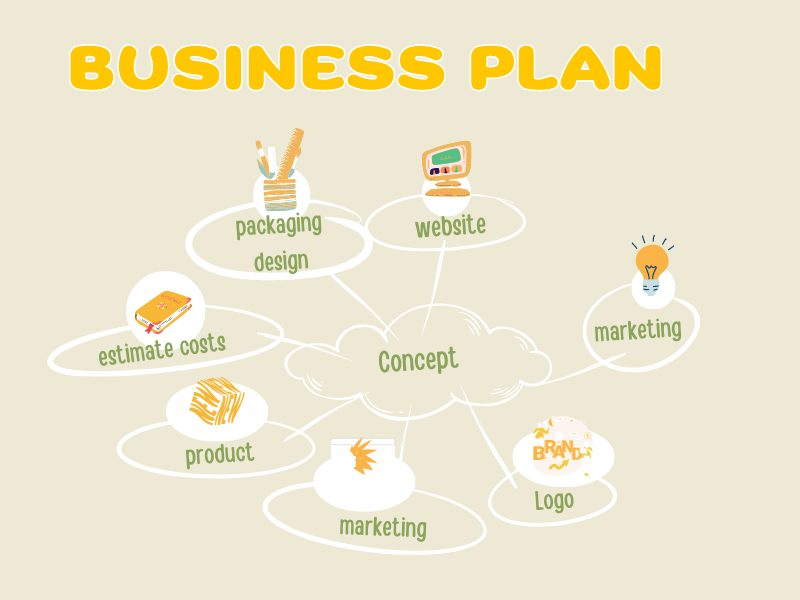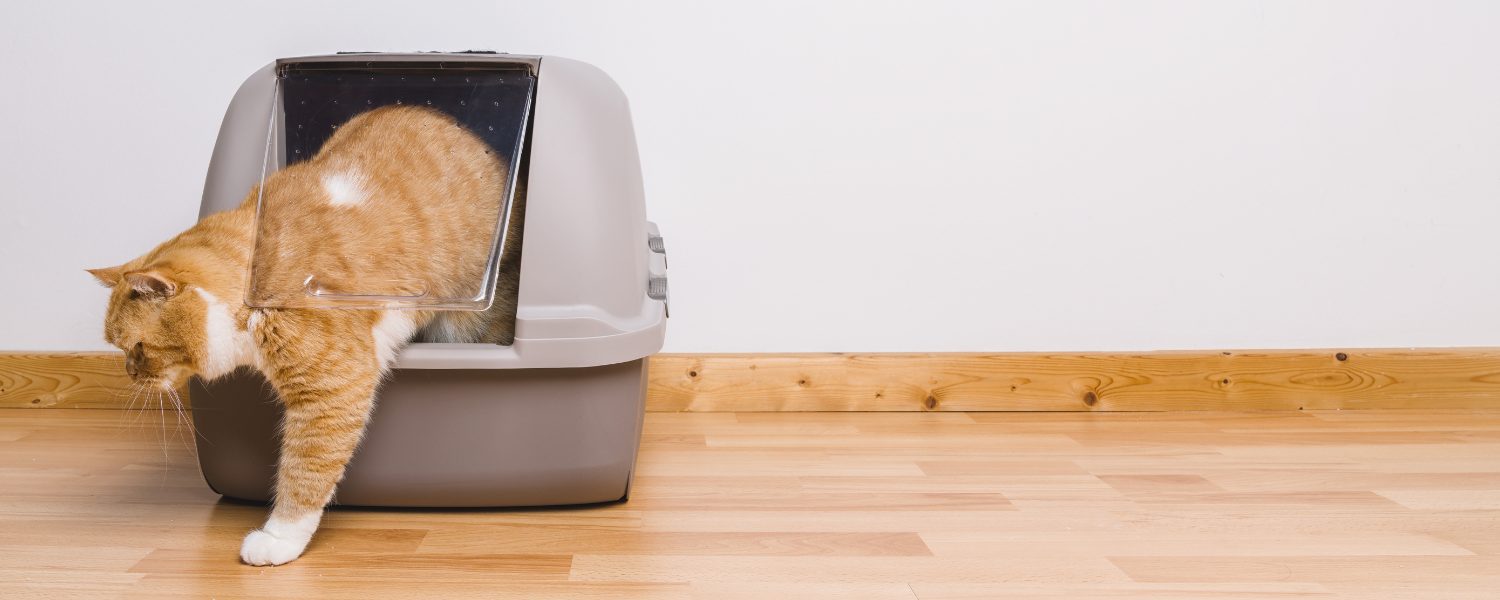If you want to tap into the growing pet care market, starting your own cat litter business could be a smart and lucrative move. But you’ll need to put in considerable upfront planning and work to set yourself up for success. Here are the key steps to take:
Conducting Market Research
First, conduct extensive market research. Survey real cat owners to gain insights into their needs, pain points with current litters, where they prefer to shop, and price sensitivity. Interview vets to identify issues cats commonly face that your products could help address. Analyze competitor offerings including pricing across various segments like clumping, natural, lightweight and scented. Research costs of sourcing ingredients domestically versus overseas such as from China. These inputs will help you develop differentiated formulas.

Developing Differentiated Formulas
Next, work on developing formulas that solve problems cat owners have with existing litters. Test out different natural clumping agents like pine, wheat or corn as well as proprietary odor fighting ingredients. Create prototypes and have target consumer segments test them out through focus groups or trials. Refine your recipes based on feedback until you have a litter formula your market loves.

Creating a business plan
Create a detailed business plan forecasting sales, expenses, and profitability over a 3-5 year timeframe. Thoroughly estimate costs for packaging design, manufacturing, and selling both wholesale to retailers and direct to consumers through your own ecommerce site. Research current wholesale cat litter prices when determining appropriate pricing to validate with cat owners. This financial blueprint will guide your strategic business decisions.
Sourcing funding
xplore funding solutions like small business administration loans, crowdfunding campaigns to validate demand, or partnering with experienced investors who recognize the potential in the steadily growing pet care industry. Provide realistic and conservative forecasts and projections. This capital will allow you to turn your formula into a physical product and scale production.
Selecting a manufacturing partner
Find the right manufacturing partner with proven capabilities to reliably produce your cat litter based on formulations and packaging specifications. Carefully evaluate partners on criteria like experience, production costs, and demonstrated ability to scale capacity as demand for your products grow. Consider starting with small production runs to test and validate the market before committing to long-term high-volume contracts. This strategy allows you to focus your energy on developing distinctive products and effectively marketing them.
Building an effective brand and marketing strategy
Build an effective brand and marketing strategy with compelling packaging designs and messaging tailored to your target audience of cat owners. Sell through your own ecommerce website as well as major online and brick-and-mortar retail channels. Promote through social media influencers, paid search/display ads targeted to cat owners, and attending pet industry trade shows to demonstrate products and network. Delight early customers to fuel positive word-of-mouth referrals.

Reinvesting for growth
As your cat litter business grows, it is crucial to continuously reinvest profits back into the company to sustain and accelerate growth. Here are some effective strategies:
- Continuously improve existing cat litter formulas based on customer feedback and make manufacturing refinements to boost product performance and margins.
- Introduce new product varieties and packaging formats to appeal to different preferences and capture more market segments. For example, develop new formulas for lightweight litter, odor control, eco-friendly litters, etc.
- Fund research and development efforts to innovate and stay ahead of competitor products. Focus R&D on enhancing clumping ability, reducing dust, improving scent technology, and other differentiate features.
- Widen distribution reach to new sales channels and geographic territories to access more customers. Expand retail partnerships and online availability.
Reinvesting profits wisely provides fuel for scaling while retaining sufficient cash reserves. It enables building a diversified product portfolio to attract more consumer segments in the pet care industry.

Conclusion
Following this comprehensive playbook covering crucial steps of market research, strategic planning, securing financing, optimizing operations and marketing, and reinvesting for the future can set aspiring entrepreneurs on the path to building a thriving, sustainable cat litter business.

